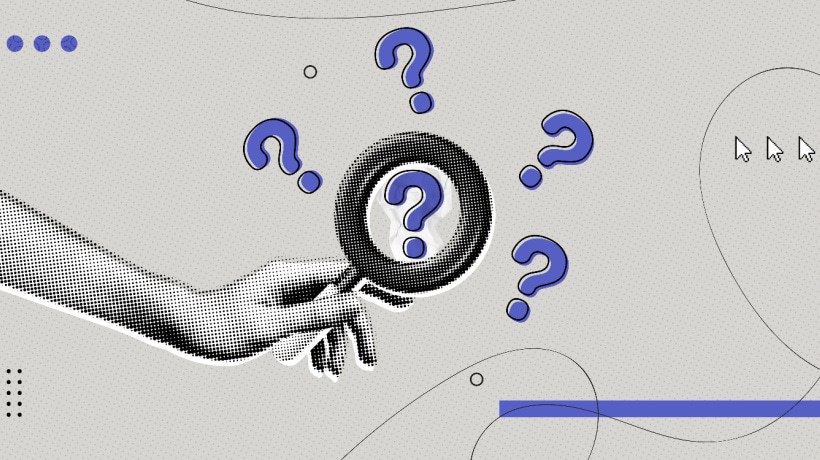Shaping Tomorrow Through Questions And Insight
Comfort and complacency are enemies of growth. Curiosity opens doors; critical thinking guides the way. These are the skills we need to teach to our children, in our schools, at home, and in every space where they learn. They are simple words, but they carry the power to shape infinite futures.
AI can give answers fast. It can gather facts, summarize ideas, and show patterns. Soon, it might even make decisions or draw conclusions; it has already started doing so in various industries and countries around the world. It has been evolving for decades now and improving by the minute. But, believe me, it cannot teach us why something matters. Understanding comes from asking questions, exploring connections, and reflecting on what we learn. Understanding leads to wisdom, and wisdom is what even humanity lacks, which should be our greatest pursuit.
How Curiosity And Critical Thinking Shape Understanding
The world fills with information every second. News articles, videos, social media posts, reports, studies. All filtered, shaped, and delivered by AI. Anyone can access this information in a moment. But knowing something is not the same as understanding it. Curiosity pushes us to go beyond the surface; critical thinking allows us to evaluate, compare, and make sense of what we find.
Curiosity teaches observation. It teaches noticing what others overlook. It teaches excitement in wondering why things work the way they do. A curious person experiments, asks, and reflects.
Critical thinking turns curiosity into insight. It separates patterns from noise. It shows flaws in reasoning and tests ideas before acting. A curious mind without critical thinking wanders. A critical mind without curiosity may never discover anything new. Together, they create a powerful combination.
Today, AI can support these skills, but it cannot replace them. It can provide information quickly. It can generate ideas. It can suggest conclusions. But it cannot guide our judgment or teach us why one path matters more than another. That is our job. That is the role of education, mentorship, and practice. A responsibility we must embrace today in our learning systems to ensure AI learns how to abandon outdated notions of human limits, control, greed, and fear; to serve with purpose and wisdom.
Can We Teach Curiosity And Critical Thinking?
Teaching curiosity and critical thinking is teaching a mindset. It helps people approach the world with attention, interest, and discernment. Like training an AI model, we can give students facts and answers. But what we truly need to give them is a way to think, connect, and create meaning from those facts and answers.
The future will bring machines that think faster, process more data, and make decisions with remarkable speed. Humans, to this point, are still the ones who decide which questions to ask, which problems to focus on, and which solutions to pursue. Our unique advantage lies in combining our curiosity with reason. This combination allows us to innovate, adapt, and find meaning in complexity. The essence of what a modern educational setting should pursue.
Curiosity and critical thinking shape life. They influence how we work and collaborate with others, solve problems, and create opportunities. They make us better communicators, visionaries, and leaders. They allow us to navigate uncertainty and change with confidence. The moment we focus on teaching these skills, we equip people to thrive in a world full of technology and automation. Curiosity is the spark. Critical thinking is the path. Together, they turn information into insight, knowledge into action, and ideas into solutions.
We teach curiosity by encouraging questions. We teach critical thinking by challenging assumptions. Education is not just about answers. It is about shaping the way people approach problems and opportunities.
Final Thoughts
Ask yourself, how can curiosity open doors to a world of possibilities? How can critical thinking guide the way to wiser choices? Think of your own children; think of yourself. These are the skills we need to teach. They are simple words; they are powerful actions. They are instruments that carry the power to shape the world of tomorrow, or to build machines that forget humane values. You can still decide.
Explore ideas beyond the obvious, challenge assumptions, and question what seems certain. Transfer that knowledge to your children and let AI models understand what matters. You can still choose to listen deeply, to observe carefully, and to connect dots others may overlook. Every small moment of curiosity becomes a bridge to understanding. Every act of reflection sharpens judgment and strengthens wisdom. These skills do not exist in isolation. They multiply when shared, practiced, and nurtured. They are the tools that allow humans to navigate complexity, to innovate responsibly, and to leave a mark on a future increasingly shaped by technology.




![eLearning Industry's Guest Author Article Showcase [November 2025]](https://cdn.elearningindustry.com/wp-content/uploads/2025/12/eLearning-Industrys-Guest-Author-Article-Showcase-November-2025-.jpg)


